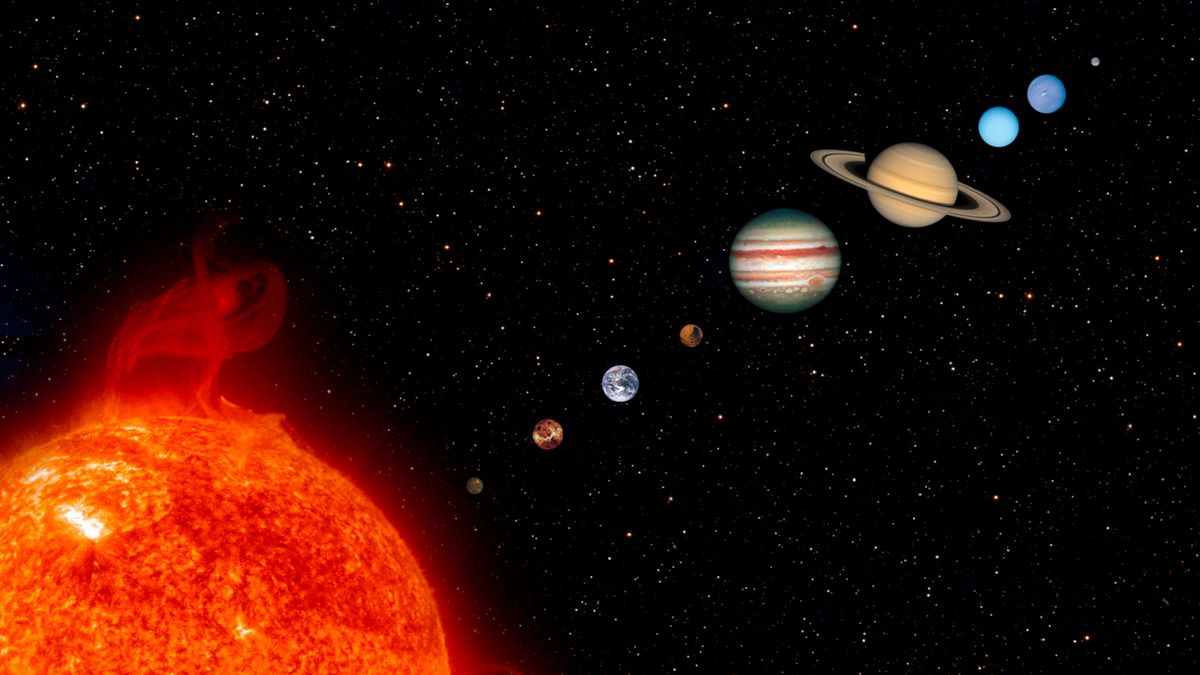6 planets in the planetary alignment on August 28, 2024
The next planetary alignment will take place on August 28, 2024. In the early morning, six planets — Mercury, Mars, Jupiter, Uranus, Neptune, and Saturn — will align in the sky. You will be able to see Mercury, Mars, Jupiter, and Saturn with the naked eye, however Mercury will be closer to the horizon and harder to spot. To see Neptune and Uranus, you'll need a telescope or high-powered binoculars. Let's take a closer look at the conditions for observing the planets.
Yellowish Saturn (mag 0.6) will be in the sky from late evening on. It will be visible with the naked eye in the constellation Aquarius. Neptune (mag 7.8) will be located in the nearby constellation Pisces, but you’ll need high-powered binoculars to spot it. In the morning, when the other planets rise, Saturn and Neptune will move down to the western horizon.
Later at night, Uranus (mag 5.7) will rise. It will be located in the constellation Taurus, visible with high-powered binoculars.
Jupiter (mag -2.3) and Mars (mag 0.8) will rise next. The planets will be visible to the naked eye in the constellation Taurus. The waning crescent Moon will also shine nearby, providing an even more spectacular view.
At dawn, Mercury (mag 1.7) will rise. The planet will be located in the constellation Leo. It will be visible to the naked eye, however don’t wait too long to see it, as the Sun will soon rise next to it.
Six planets will line up in the sky on August 28, 2024! Discover how to see them all and get a glimpse into the science behind planetary alignments.

starwalk.space
This alignment coincides with an earthquake forecast around August 30.
EARTHQUAKE FORECAST
updated 24 August 2024, 18:38 UTC
Stronger seismic activity can occur around the 25th. A cluster of critical lunar geometry on 27-28 August can result in larger seismic activity around the 30th.
SSGEOS
MAGNITUDE PROBABILITY
updated 26 August 2024, 08:15 UTC
| 6.0-6.4 | 6.5-6.9 | 7.0-7.4 | 7.5-8.4 | 8.5+ |
| 70% | 70% | 60% | 50% | 40% |
The last SSGEOS forecast for the period August 19-23 was not met so let's wait and see.

 www.livescience.com
www.livescience.com



